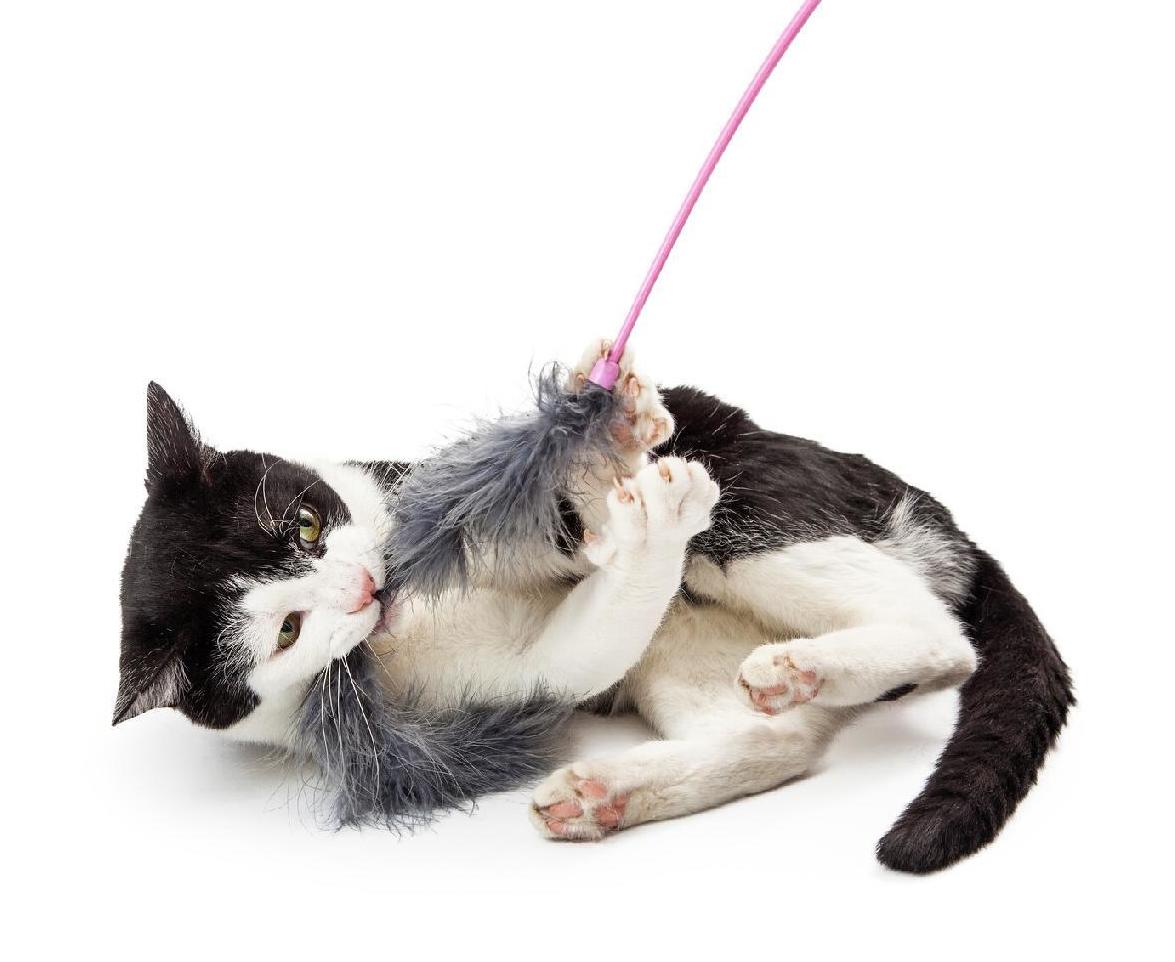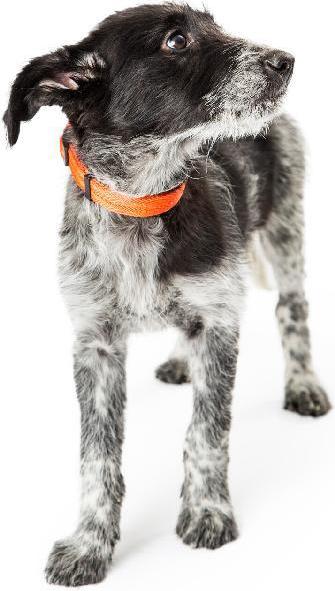training
The Emotions of Reactivity Daniel Antolec explains the biology of reactivity and the need to identify the underlying emotional state driving a dog’s behavior, as well as providing tips to manage a reactive dog
© Daniel Antolec
A reactive behavior response includes an abrupt increase in tension and arousal, which may be manifested in repeated barking and/or lunging, a display of teeth designed to be threatening/intimidating, or various other behaviors
A
s a certified canine behavior consultant I enjoy working with “re active” dogs. Yes, I said “enjoy.” Helping a dog and their guardian overcome this common behavioral issue is truly joyful for every one involved.
What “Reactive” Means Reactivity refers to canine behavior whereby a dog is over aroused by something in the environment. For some dogs it may be the sight of an other dog. For others, it may be a child riding a bike or a jogger passing by the window. Or any number of things. The behavior response includes an abrupt increase in tension and arousal, which may be manifested in repeated barking and/or lunging, a display of teeth designed to be threatening/intimidating, or various other behaviors which guardians often perceive to be aggressive. A scientific explanation of this goes something like this: An environ mental stimulus triggers the hypothalamic–pituitary–adrenal axis (HPA) axis whereby the amygdala and limbic system drive reactive, emotional behavior that is (usually) out of proportion to the situation. This is re ferred to as amygdala hijack. Reactivity is the nonscientific term for this process. The next thing to understand is the emotional motivation of the be havior. Behaviorists tell us that emotion underlies behavior, and that be havior is in the environment. A dog’s behavior is neither right or wrong; it is a response to something which appears, and when that something goes away the behavior changes back.
28
BARKS from the Guild/May 2021
Motivation Very often, reactive dogs are motivated by fear or frustration. Fearful dogs may display agonistic (distanceincreasing) behaviors in an attempt to make the scary thing go away. Visualize a dog who perches at the front window all day long, waiting for the next scary thing to appear, such as a postal worker. The dog sees the person approaching and goes into a barking frenzy, bouncing off the window as spittle flies hither and yon. That was how one of my client’s dogs behaved, until we successfully completed a forcefree training and behavior change program. The emotional motivation was fear and the dog was probably trying to make the scary postal worker go away…which the postal worker did. Indeed, it worked every time. Of course, that would have happened regardless of the dog’s behavior. But it reinforced the behavior nonetheless because departure of the person reduced pressure, so the dog then felt better. Another dog may be a young and overeager greeter who sees an other dog during a walk, becomes excited and rushes to say hello…but is foiled by the leash. A neuroscientist may explain that the eager greeter’s seeking system was engaged and the dog rushed forward with the ex pectation of playing with the other dog. With enough repetition of that process, the friendly dog may become frustrated, which can lead to anger and an emotional outburst, and some of the physical behaviors I previously described. Daily walks risk becoming an exercise in frustra tion for both the dog and the human handler. Most reactive dogs I have worked with fall into that category.















